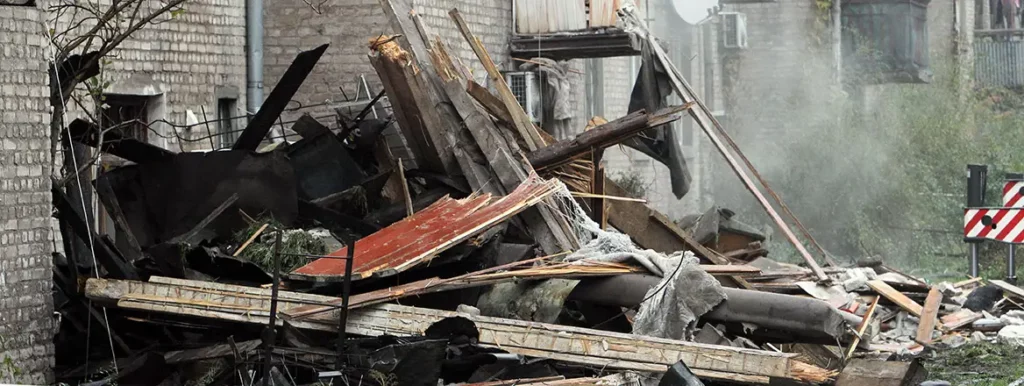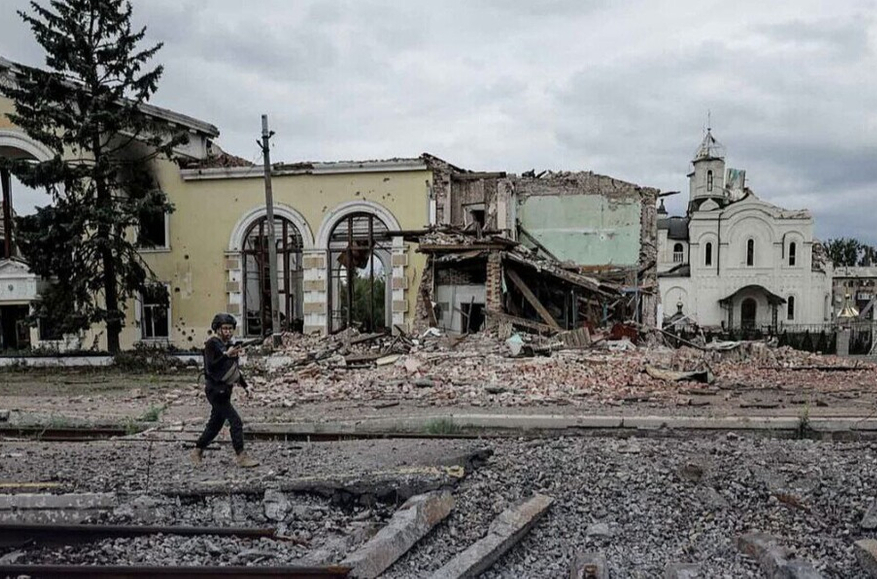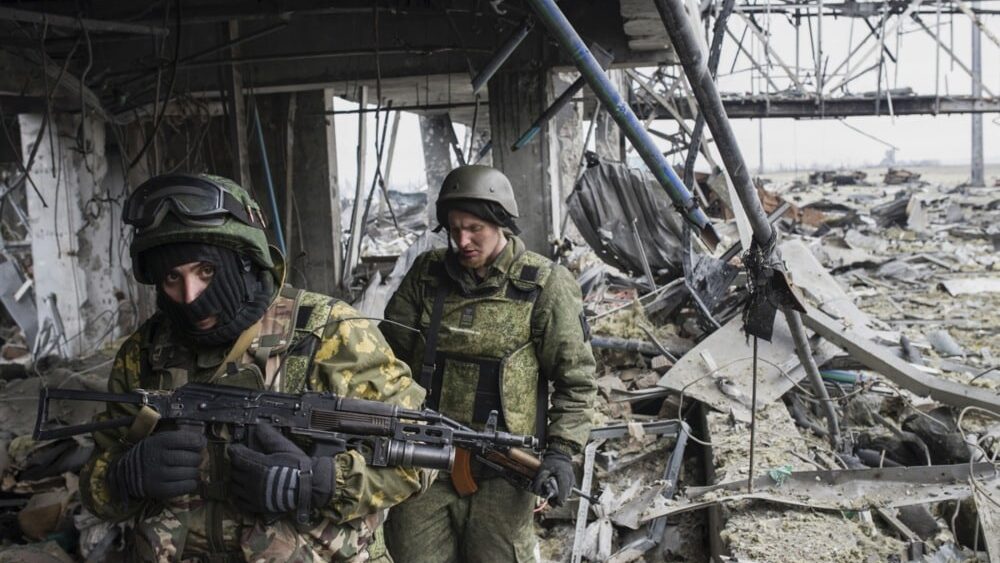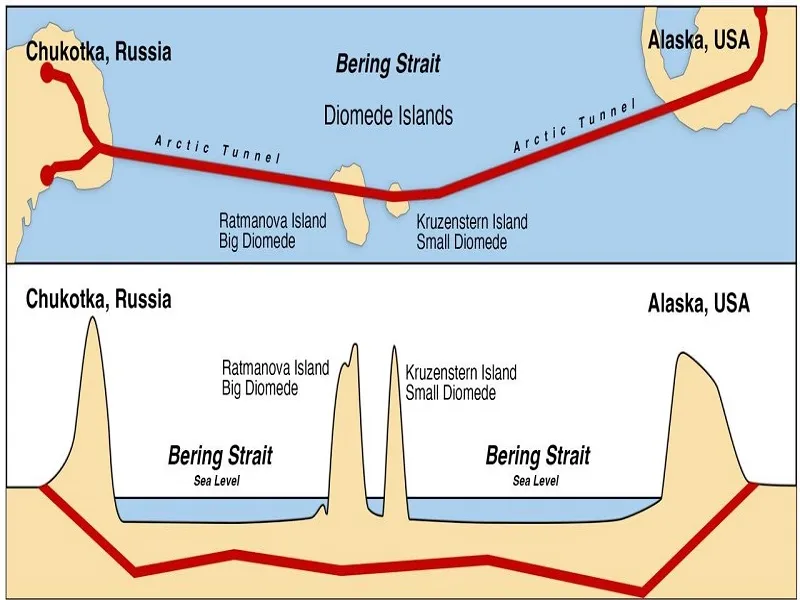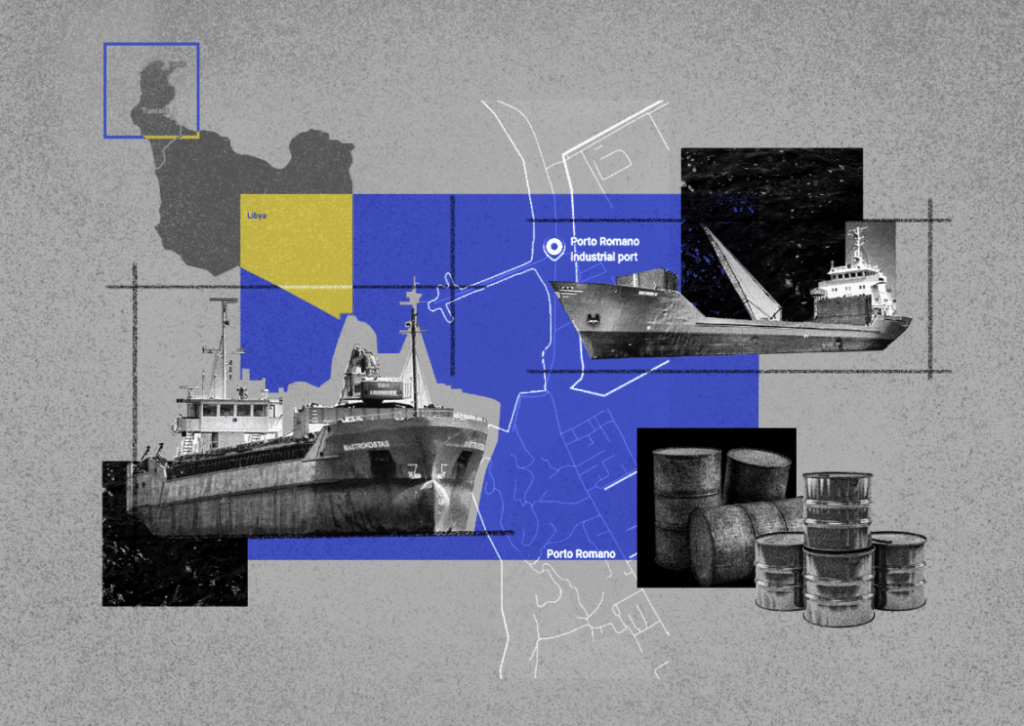Russian Force Generation & Technological Adaptations Update, October 9, 2025
Key Takeaways
- Russian forces have been increasingly targeting Ukrainian logistics routes and positions in the near rear using mothership unmanned aerial vehicles (UAVs), particularly motherships based on variants of the Orlan and Molniya fixed-wing drones, since at least August 2025.
- Russian developers are integrating fiber-optic cables into cheaper drones to scale Russian forces’ ability to conduct drone strikes at farther ranges.
- Russian forces are trying to scale the production of fiber-optic UAVs to increasingly intercept Ukrainian heavy bomber drones.
- Russian developers reportedly introduced fiber-optic FPV UAVs that can function as repeater drones for other strike and reconnaissance UAVs, extending Russian tactical drone ranges to up to 60 kilometers.
- Russian forces are pursuing moving targets in the near rear with Shahed (Geran) and Gerbera UAVs with integrated cameras and radio control capabilities.
- Russian developers are fielding new countermeasures against Ukrainian drone interceptors, chiefly via newly integrated radio detectors.

